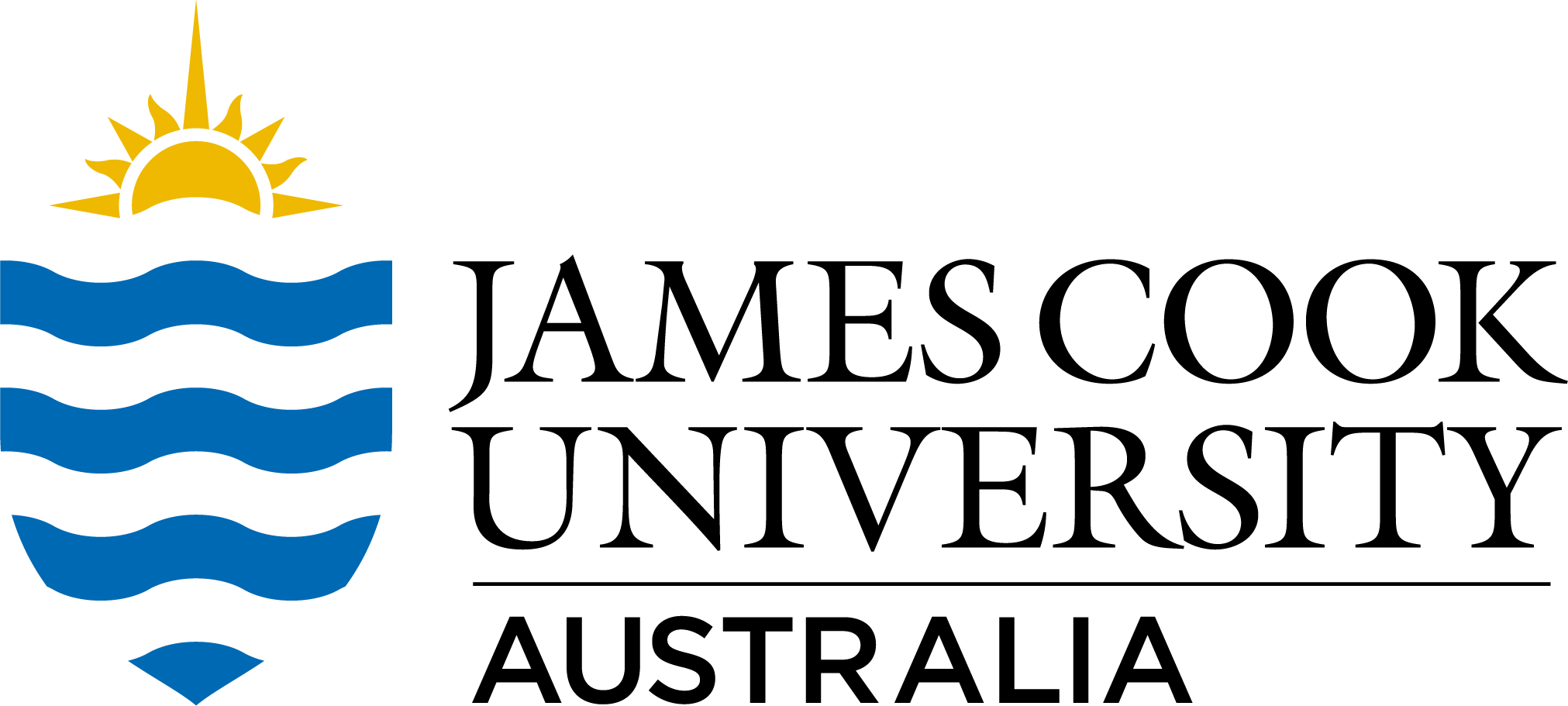Full description
Background: The proportion of blood meals that mosquitoes take from a host species is a function of the interplay of extrinsic (abundance and location of potential hosts) and intrinsic (innate preference) factors. A mark-release-recapture experiment addressed whether host preference in a population of Anopheles farauti was uniform or if there were anthropophilic and zoophilic subpopulations. The corresponding fitness associated with selecting different hosts for blood meals was compared by measuring fecundity.
Methods: The attractiveness of humans for blood meals by An. farauti in the Solomon Islands was compared to pigs using tent traps. Host fidelity was assessed by mark-release-recapture experiments in which different colour dusts were linked to the host to which the mosquito was first attracted. Outdoor resting An. farauti were captured on barrier screens and the human blood index (HBI) as well as the feeding index were calculated. The fecundity of individual An. farauti after feeding on either humans or pigs was assessed from blood-fed mosquitoes held in individual oviposition chambers.
Results: Anopheles farauti were more attracted to humans than pigs at a ratio of 1.31:1.00. The mark-release-recapture experiment found evidence for An. farauti being a single population regarding host preference. The HBI of outdoor resting An. farauti was 0.93 and the feeding index was 1.29. Anopheles farauti that fed on a human host laid more eggs but had a longer oviposition time compared to An. farauti that had blood fed on a pig.
Conclusions: One of the strongest drivers for host species preference was the relative abundance of the different host species. Here, An. farauti have a slight preference for humans over pigs as blood meal sources. However, the limited availability of alternative hosts relative to humans in the Solomon Islands ensures a very high proportion of blood meals are obtained from humans, and thus, the transmission potential of malaria by An. farauti is high.
Notes
This dataset consists of a description of data archiving and data dictionaries in PDF format and a spreadsheet in MS Excel (.xlsx) and Open Document (.ods) formats
Created: 2016-02-08
Data time period: 23 11 2011 to 21 02 2014
text: Nggela Sule Island, Solomon Islands
text: Haleta, Solomon Islands
User Contributed Tags
Login to tag this record with meaningful keywords to make it easier to discover
- DOI : 10.4225/28/56BD6DF7C9CB8

- Local : researchdata.jcu.edu.au//published/bff736e5314fca9c15359be6090c7bea
- Local : 1afc493ecb5a6798fd557ffc29c832de


